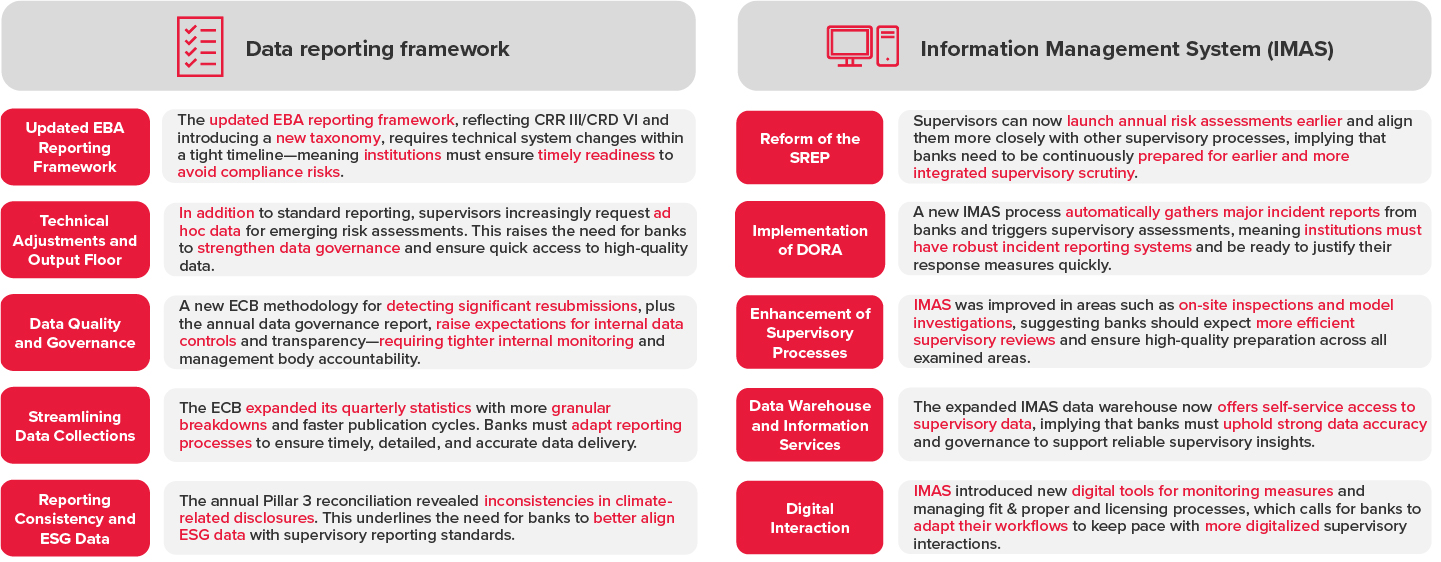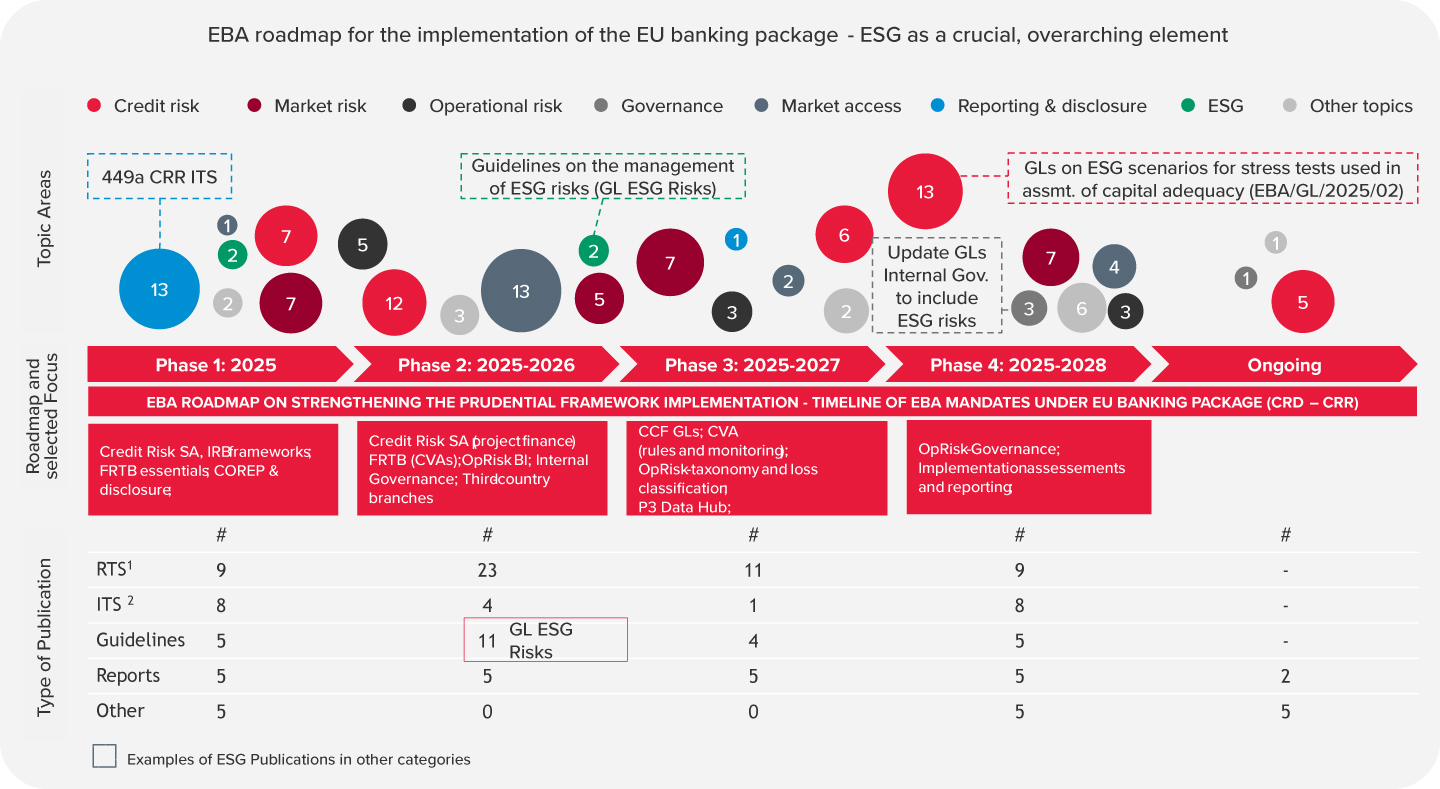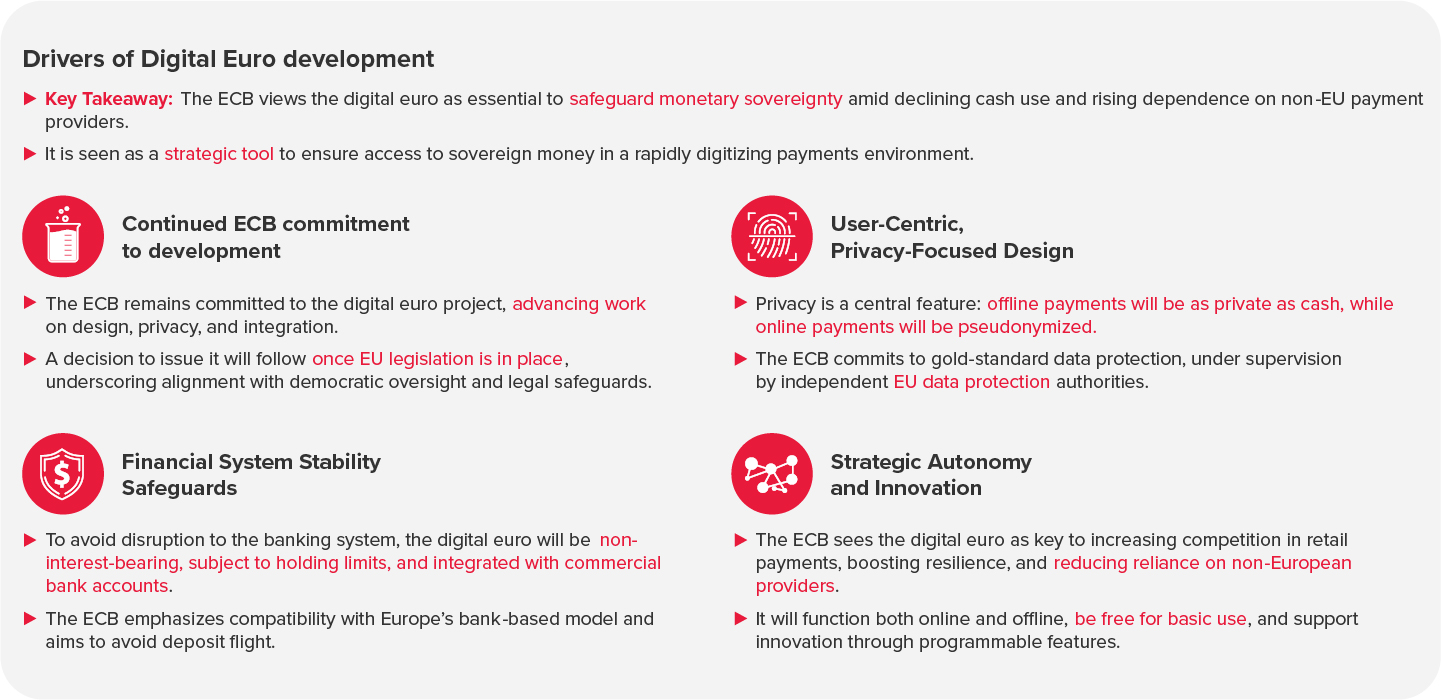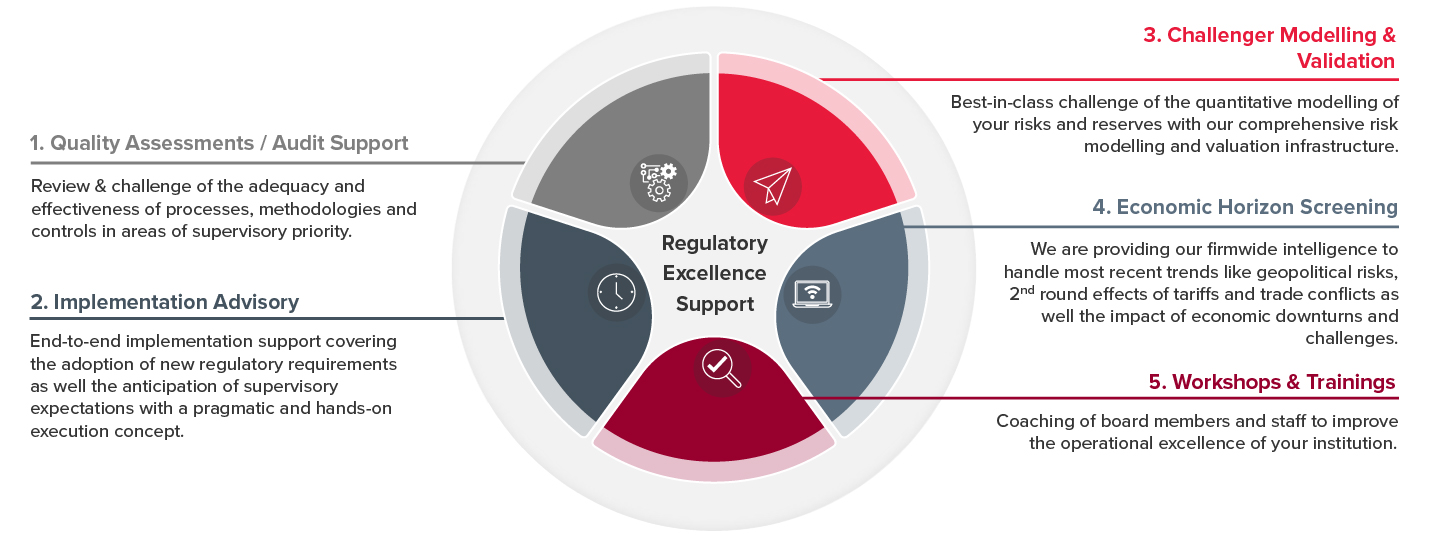Between 2025 and 2027, the European Central Bank (ECB) is sharpening its supervisory lens on geopolitical risks, introducing new measures to assess banks’ resilience to external shocks. This includes evaluating transmission channels across financial markets, real economic activity, and policy dimensions. A notable rise in on-site supervisory activity - now accounting for 55% of all ECB action - demonstrates intensified scrutiny, especially in areas like credit risk governance, expected credit loss (ECL) modelling, liquidity stress testing, and internal control functions.
Key findings from recent inspections expose serious deficiencies, including flaws in risk quantification, inadequate data quality, weak cyber risk defenses, and inconsistent integration of climate risks into core strategies. Supervisory expectations are rising - banks must enhance their governance, improve risk models, and embed ESG criteria more comprehensively.
Simultaneously, the ECB is overhauling its data interaction systems. Enhanced IMAS capabilities and data warehouses now demand faster, more accurate reporting, particularly as ad hoc supervisory data requests increase. The implementation of the Digital Operational Resilience Act (DORA) and new ESG disclosure requirements only add to this pressure.
On the monetary policy front, despite inflation moderating to 2.4%, the ECB maintains a restrictive approach, with the discontinuation of liquidity-support programs like TLTRO and asset reinvestments impacting funding strategies. Additionally, the ECB advances its digital euro project—framed to ensure monetary sovereignty, payment system resilience, and privacy.
In this evolving landscape, BDO offers strategic advisory support, ranging from ECB onboarding readiness and model validation to geopolitical risk screening and ESG integration. Their pragmatic, hands-on approach positions them as a trusted partner for navigating regulatory complexity with confidenc
ECB 2024 annual report on supervisory activities
Special Focus 2025-2027: Geopolitical risks – Supervisory scrutiny ahead
Launch of new supervisory initiatives in the area of geopolitical risks
The ECB plans to further heighten its scrutiny regarding banks‘ resilience to geopolitical shocks and will address this in the 2025-2027 cycle with the following supervisory initiatives:

Transmission channels of geopolitical shocks to banks:
Geopolitical shocks can affect the banking sector through a range of interconnected transmission channels that span both macro-financial impacts and institution-specific vulnerabilities. On a macro level, such shocks can lead to widespread asset repricing, including commodities, equities, and sovereign bonds, often triggering a flight to safety and reversal of capital flows. This is frequently accompanied by wider sovereign spreads and disruptions to cross-border payment systems. Moreover, there are downside risks to global growth and trade, increased inflationary pressures, exchange rate volatility, and concerns over public debt sustainability. Physical and operational threats, such as damage to infrastructure, military conflict, cyberattacks, and disinformation, further compound these risks, particularly in regions with institutional fragility or socioeconomic instability.
These broad macro shocks translate into bank-specific vulnerabilities across several risk categories:








